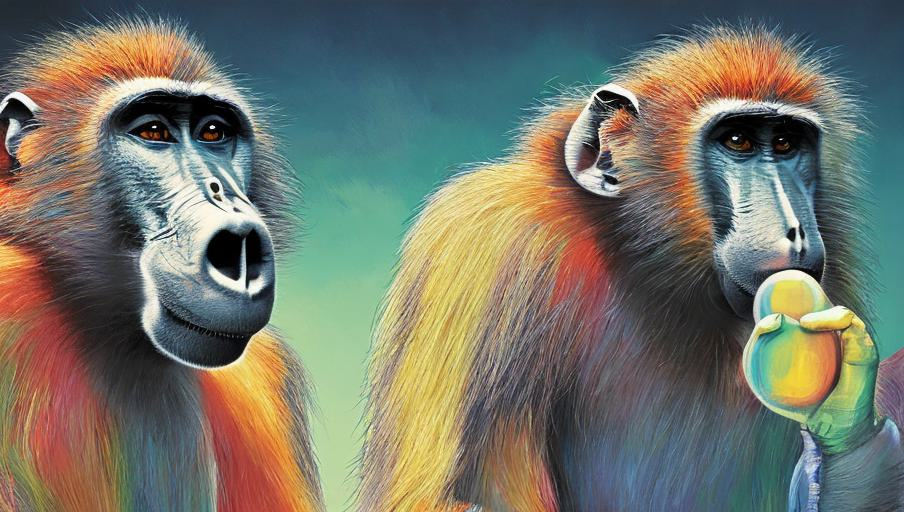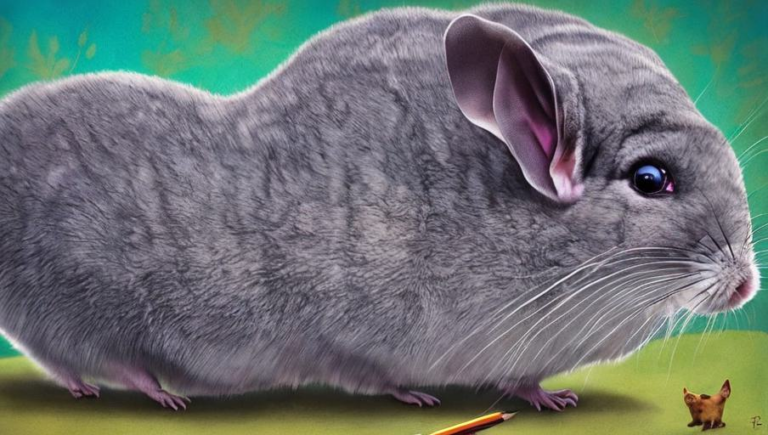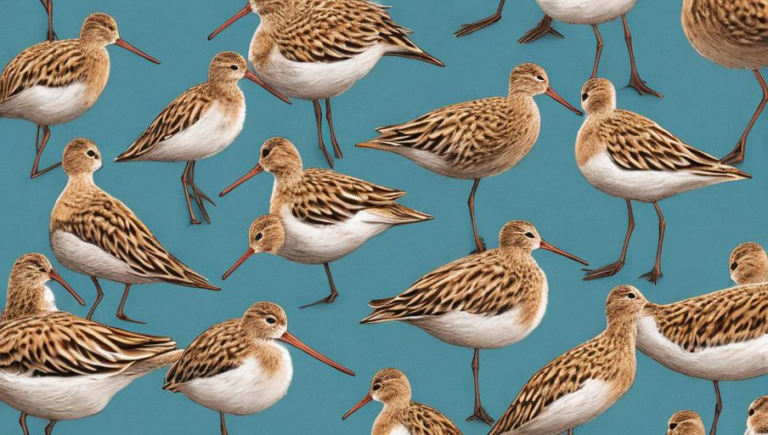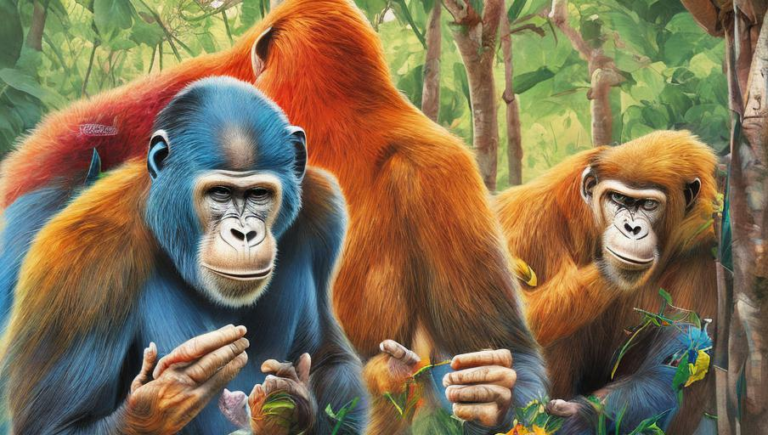Fascinating Baboon Communication

Fascinating Baboon Communication
Baboons are primates that live in a wide variety of habitats, ranging from deserts to forests. They are highly social animals, living in groups of up to 500 members. As a result, they have developed a complex system of communication to keep their social networks running smoothly.
Vocalizations and Gestures
Baboons are able to communicate with each other using a variety of different vocalizations and gestures. They use vocalizations to express emotions, such as fear, aggression, and pleasure. They also use vocalizations to identify themselves to other members of their group and to alert them to danger. Baboons also use gestures to communicate, such as shaking their heads or waving their arms to indicate disapproval or agreement.
Facial Expressions
Baboons also use facial expressions to communicate. They have a variety of different facial expressions that are used to convey different messages. For example, a baboon may raise their eyebrows to indicate uncertainty or surprise. They may also narrow their eyes to show aggression or widen their eyes to show fear. These facial expressions are an important part of baboon communication and help them to better understand each other.
Social Hierarchy
Baboons also communicate through a social hierarchy. The dominant male baboon is usually the leader of the group and will use vocalizations and gestures to maintain control over the group. Other baboons may challenge the dominant male’s authority and this is often done through vocalizations and gestures. The dominant male will usually respond with a vocalization or gesture to reaffirm his authority.
Submissive Behavior
In addition to using vocalizations and gestures to communicate, baboons also use submissive behavior to show respect for the dominant male. This can include crouching down, averting their gaze, and avoiding direct contact with the dominant male. This behavior indicates to the dominant male that the subordinate baboon is aware of their social hierarchy and is willing to follow their lead.
Conclusion
Baboons have a complex system of communication that allows them to interact and form social groups. They use vocalizations, gestures, facial expressions, and submissive behavior to communicate with each other and maintain their social hierarchy. This communication system has allowed them to survive and thrive in a wide variety of habitats for millions of years.





